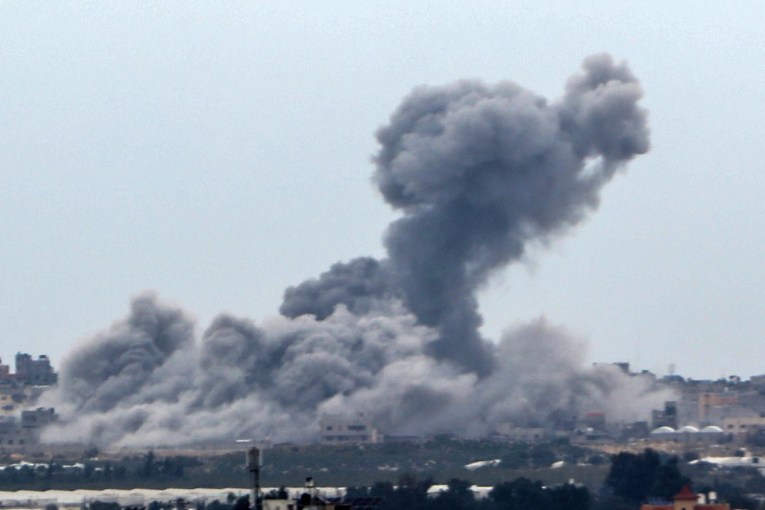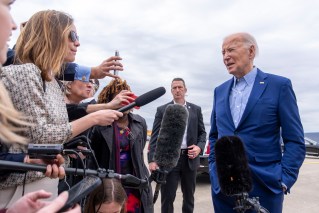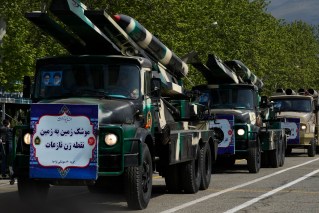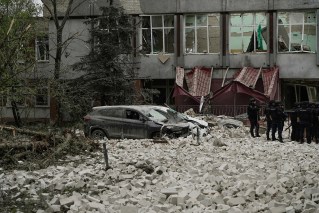China’s big show of strength near Alaska
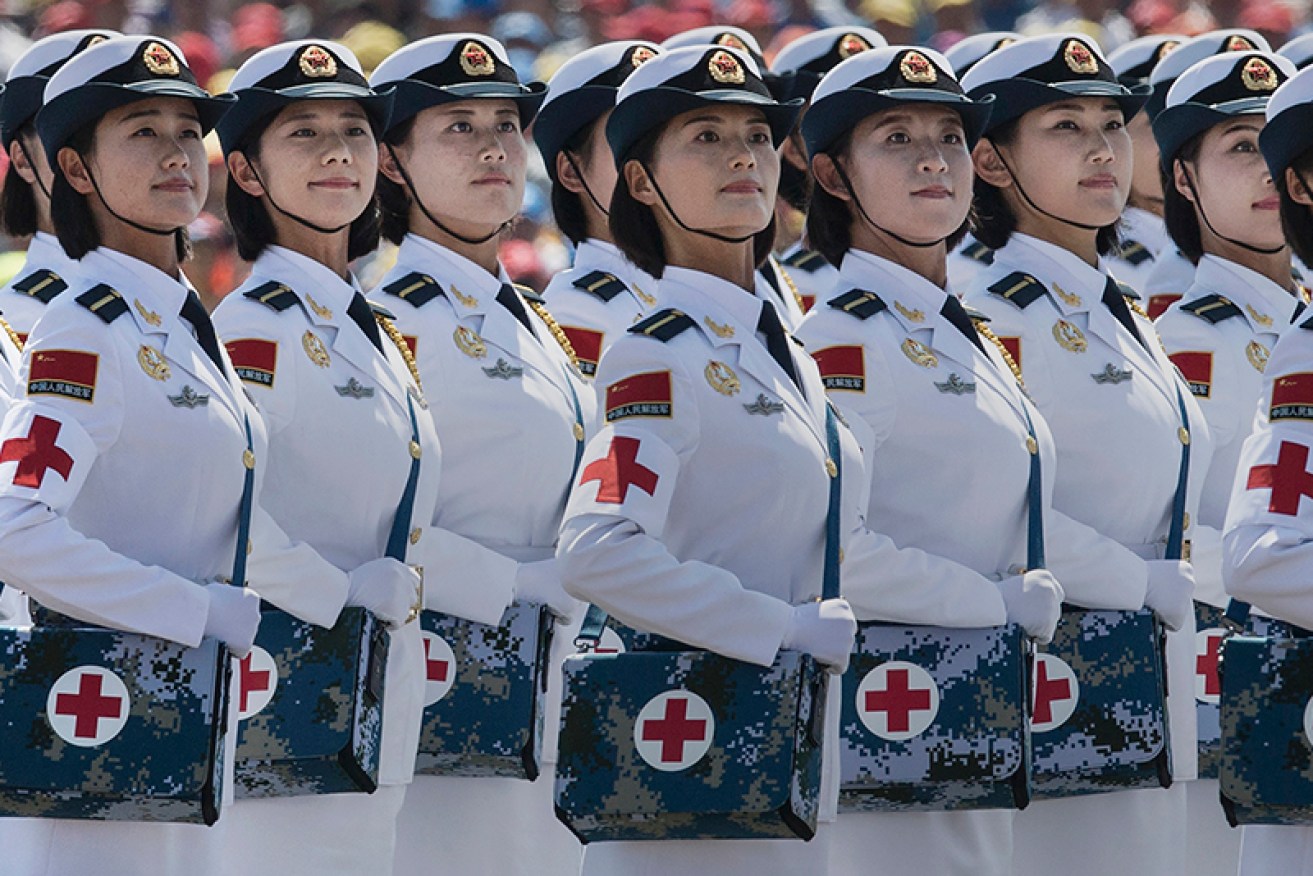
BEIJING, CHINA - SEPTEMBER 03: Female Chinese soldiers of the medical corps ride in trucks as they pass in front of Tiananmen Square and the Forbidden City during a military parade on September 3, 2015 in Beijing, China. China is marking the 70th anniversary of the end of World War II and its role in defeating Japan with a new national holiday and a military parade in Beijing. (Photo by Kevin Frayer/Getty Images)
Less than a month before Chinese President Xi Jinping travels to the White House for a state visit, the Pentagon said five Chinese naval vessels were plying the waters in the Bering Sea off Alaska while President Barack Obama was in Alaska’s Arctic region.
Pentagon officials said China’s Navy had every right to patrol international waters, noting the US did the same off the coast of China. But they described the move as a first, and one that showed China’s growing capability as a naval force able to project power, as well as China’s interest in Arctic natural resources, according to the Wall Street Journal.
China this week marked the 70th anniversary of the end of World War II with an extravagant military parade in Beijing’s Tiananmen Square.
• Why we shouldn’t swallow the FTA sales pitch
• Australia in danger of becoming the 7-Eleven of Asia
• Weak growth sends dollar below 70 US cents
The event, planned for months, featured 12,000 troops and a raft of new military equipment. It has been widely seen as a statement of growing military prowess and national pride.
The Chinese vessels in the Bering Sea were spotted on the third and final day of Mr Obama’s trip to Alaska, a rarity for a US leader.
The contingent included “three Chinese combat ships, a replenishment vessel and an amphibious landing ship,” the Wall Street Journal quoted Pentagon spokesman Commander Bill Urban as saying.
We respect the freedom of all nations to operate military vessels in international waters in accordance with international law. This is the first time we have observed [People’s Liberation Army Navy] ships in the Bering Sea.
For years, China was known primarily for its “brown water” Navy that stayed within Chinese coastal areas and rivers, rather than a “blue water” oceanic navy. But that has been changing over the past decade as China has sent naval ships as far as the Mediterranean and has engaged in joint naval exercises, including with the Russian Navy in late August, as The New York Times reports.

Beijing is building an aircraft carrier. Photo: Getty
“Beijing has increased military spending and is working on an aircraft carrier,” the report claimed.
“Last year, Chinese officials took Chuck Hagel, the defence secretary at the time, on a tour of the carrier, the Liaoning. Many American officials interpreted the move as an effort to project naval power, particularly in light of tensions between Beijing and its neighbours over disputed islands in the East and South China Seas.”
Today’s parade in Beijing, which China billed as a “victory” celebration over Japanese forces in 1945, is only the fourth military parade since the Mao era and is the first ever not to celebrate the founding of the People’s Republic.
International leaders were invited, another rarity. But apart from the president of the Czech Republic, Western leaders stayed away.
Their reluctance stems from China’s framing of the event as stridently anti-Japanese and also its propaganda message that the defeat of Japan in 1945 was primarily achieved by Mao’s Communist forces. Historians broadly agree this is a distortion of the conflict.

China’s president told the parade his country was committed to maintaining peace. Photo: Getty
China has steadily increased military spending over the past decade, and this year spent more than $146 billion, according to the Associated Press.
Yet President Xi today announced plans to streamline the People’s Liberation Army by 300,000 soldiers and to modernise the military to emphasise sea and air power.
The PLA today numbers 2.3 million people, the world’s largest standing army.
Mr Xi said China was committed to creating peace and stability in Asia.
A number of China watchers had lamented that Thursday’s parade would not be a somber and universal commemoration of the advent of peace after 1945 but would be used as a loud and triumphal touting of Beijing’s military might.
British China scholar Steve Tsang, writing in the South China Morning Post this week, argues that:
“China is using the parade to send a clear message to the world. It is claiming the right to maintain what it sees as the post-war order: Japan as the defeated aggressor and China as the leading – and responsible – military power in Asia.
“This statement reflects China’s soaring confidence and growing assertiveness under President Xi Jinping, despite evidence that economic troubles lie ahead.”
– Christian Science Monitor
